- Joined
- 13 May 2006
- Messages
- 1,036
- Reaction score
- 891
Part of Slovak history in todays fire. Sad
http://roznava.korzar.sme.sk/c/6293835/poziar-hradu-krasna-horka.html
http://roznava.korzar.sme.sk/c/6293835/poziar-hradu-krasna-horka.html
:'(PlanesPictures said:Part of Slovak history in todays fire. Sad
Jemiba said:To protect that part against
fire is either very difficult, very expensive and maybe quite often not possible due to monument protection.
The answer would be automatic fire alarm systems and that's again eypensive ... :-\
Orionblamblam said:...whatever idiot put a flamable roof on the castle.
Matej said:We have a few castles "restored" or better to say destroyed that way during the last 50 years and their current historical value is equal to zero.
I beg to differ. There are many ancient, centuries old buildings with major wooden structures surviving throughout Europe (and I suspect in other parts of the world too, but I've never been there), much of their structures still in their original state. In buildings this old, to replace the wooden structure by steel, concrete or PVC would destroy the building, leave a mere ghost of the building as it was. For me, it was a singular joy to pass through York's Merchant Adventurers' Hall, walking on floors that were literally sagging with age, dark stained wood creaking under my feet. History becomes tangible in these places. Maintaining buildings like that, keeping them safe from fire and rot, takes lots of time and money, but the world will be a poorer place without them.The wood portions of large structures are generally temporary at best...
Arjen said:I beg to differ. There are many ancient, centuries old buildings with major wooden structures surviving throughout Europe ...The wood portions of large structures are generally temporary at best...
In buildings this old, to replace the wooden structure by steel, concrete or PVC would destroy the building, leave a mere ghost of the building as it was.
Orionblamblam said:How would it have destroyed Krásna Hôrka to have clad the roof in steel that looked just like the original wood? How many people get up on the roof such that they could actually tell?
Matej said:Orionblamblam said:How would it have destroyed Krásna Hôrka to have clad the roof in steel that looked just like the original wood? How many people get up on the roof such that they could actually tell?
I will answer you with question: Why don't you (US people) burn the original of the US constitution and replace it with the digitally printed copy on nonflammable paper, that looks *exactly* the same?
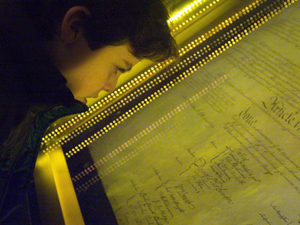
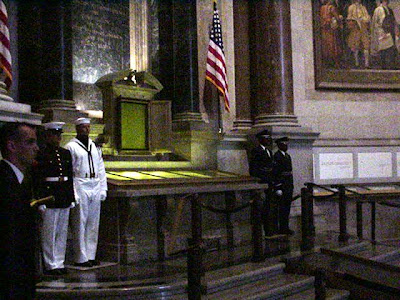

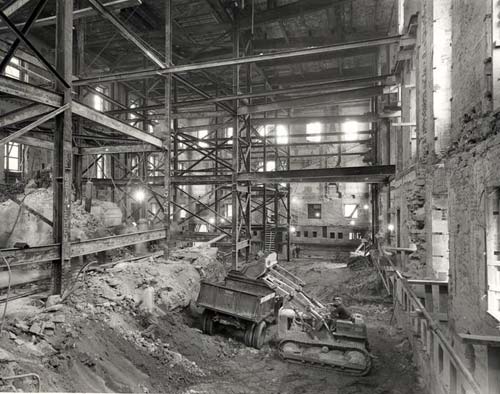
Matej said:As a curiosity, I have somewhere the photos, how those wooden tiles are made, but except one I cant find them at the moment. They are not manufactured in factory, but every one is handmade without any electricity, using 800 years old documented techniques. Period costume is another plus
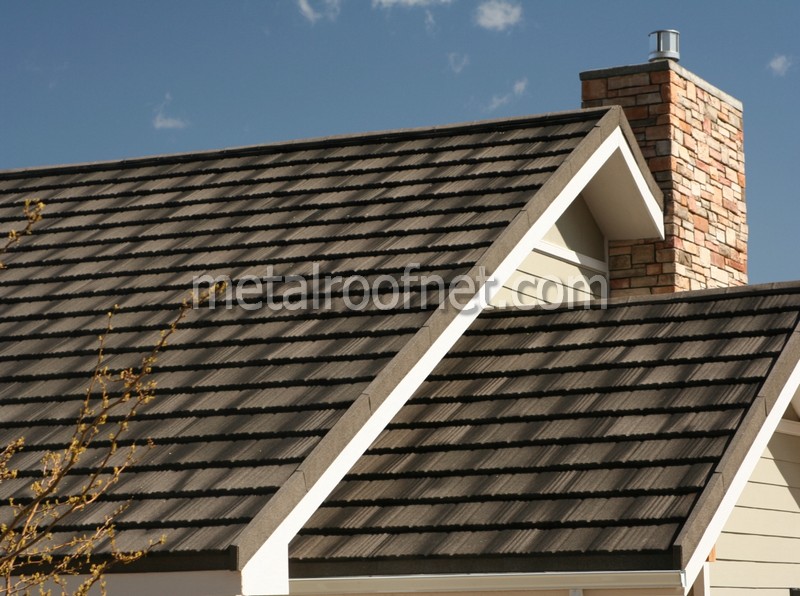

Sea Skimmer said:... while reducing the historical integrity of the building.
Jemiba said:Perhaps it would be a good moment to calm down a little bit ??! ???
Just think of an Me 109, Spitfire or P 51, principally complete, but somewhat corroded, a danger that it'll
face again in the future. How about replacing the metal skin with plastics and spars and longerons with parts
made from carbon ?
Orionblamblam said:Please define "historical integrity" of a building. Include reference as to the validity of electrical systems, (including lighting and telephones), air conditioning, indoor toilets, the use of anything more modern than horses&carts for the transport of supplies and maintenance by people other than slaves or serfs.
Would the Declaration of Independence be better served by hanging in a simple hand-made wooden frame? Would that not have more "historical integrity?"
Sea Skimmer said:Orionblamblam said:Please define "historical integrity" of a building. Include reference as to the validity of electrical systems, (including lighting and telephones), air conditioning, indoor toilets, the use of anything more modern than horses&carts for the transport of supplies and maintenance by people other than slaves or serfs.
Sure I'll do that right after you provide a detailed budget proposal for replacing the roof with steel including all labor and insurance costs for the work. Be sure to cite the actual budget available for maintain the castle and how it meet the requirement.
Now meanwhile in Pennsylvania we have numerous wooden covered bridges as old as the country which have been preserved and are still in use. They could burn down at any second, but have not. I guess we should go completely replace them with steel bridges painted to look the same right, so we have no risk of fire?
Orionblamblam said:... Apparently, adding lights, AC, telephones and internal plumbing to a medieval castle does not harm its "historical integrity," whereas some sheet metal shingles does. ...
Jemiba said:Lights, AC, telephones and internal plumbing generally are added to the old structure, which can still remain
the same it was before.
But as I understand, you would replace the wooden shingles with steel ones.
That would mean to take away an old part and replacing it with something, that just looks like the old one.
There are some differences between your views and mine on this subject. Don't know about American vs. European.I wonder if there might be some differences between American and European views on this sort of thing.
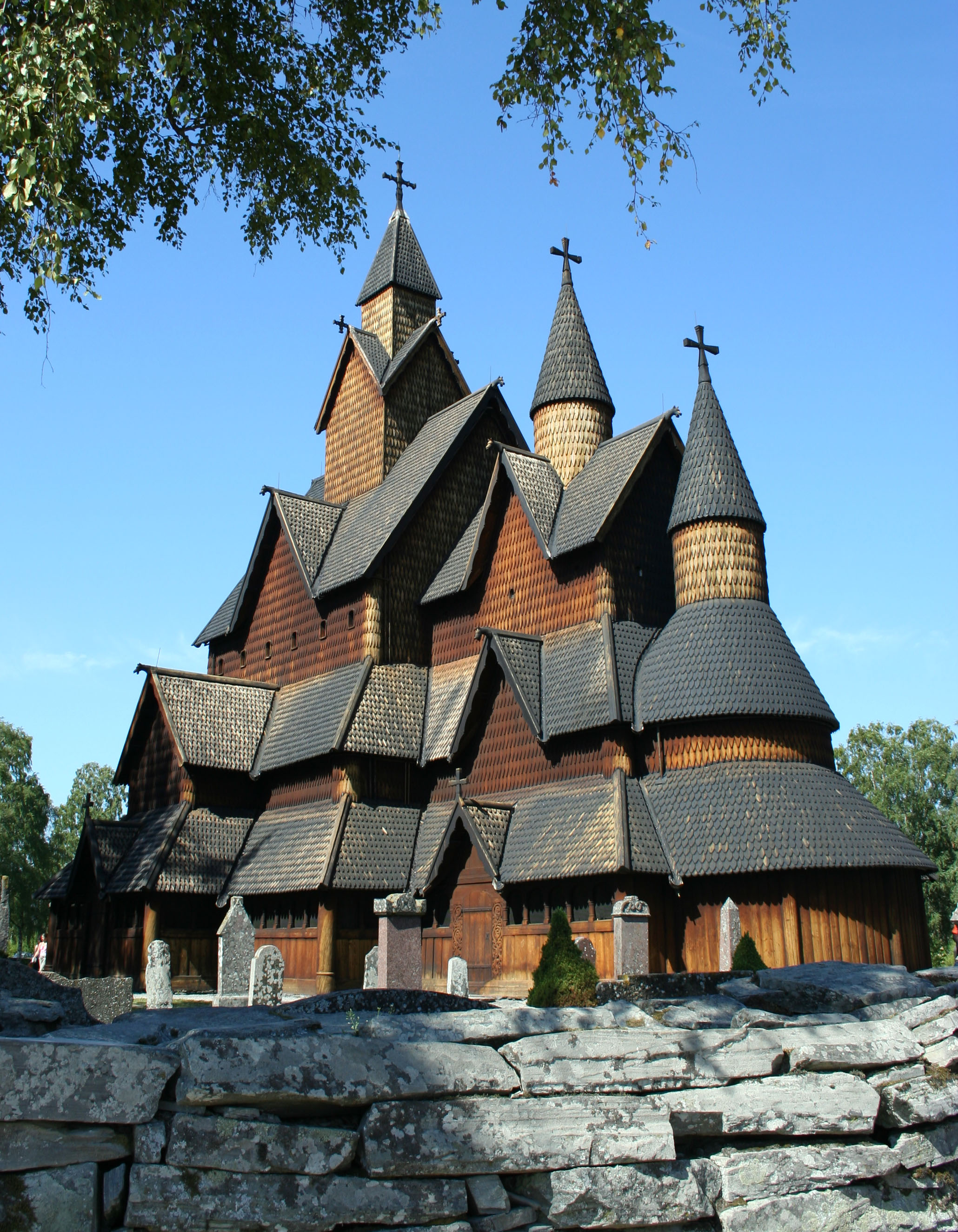
Orionblamblam said:But I will take note of your avoidance of the point. Apparently, adding lights, AC, telephones and internal plumbing to a medieval castle does not harm its "historical integrity," whereas some sheet metal shingles does.
A cheap-ass wood bridge is not a medieval castle-museum. If one burns down, building another one is not especially expensive, nor have you lost a whole lot. Unless, of course, y'all stock your covered bridges with artwork and such.
Arjen said:From your comments, you don't strike me as being overly concerned with keeping buildings in their original state.
Look at it one way, and this is a fire hazard.
but many people feel that by being overprotective you can destroy a building just as sure as burning it down.
Sea Skimmer said:So yeah you don't actually care about the historical value of anything.
Arjen said:Restoring Krásna Hôrka, even using many volunteers, will be very costly - if and when it happens.
Orionblamblam said:How so? You have fundamentally changed the *spirit* (sigh...) of the place. If you have messages to send, use a slave. If you want lights, set some pig fat on fire. If you need to take a dump, use a bucket.
Orionblamblam said:Buildings are not the Mona Lisa or Starry Night. Those paintings, once the artist was done with them, were *finished.* Buildings constantly change, since they are *functional* structures that need to do a job, and deal with changing needs, technologies and environments.
Orionblamblam said:My house is currently powered by an exterior power grid. If I could replace the "legacy" electrical lines with affordable and reliable photovoltaics on the roof, I'd do so. If I could then replace the PV array with an affordable and reliable fission reactor, I'd do that too.
Orionblamblam said:It is indeed. however, there is a *major* difference between this and the castle: a visitor can get right up close to the wood roof shingles here. On the castle? Doesn't seem to be the case. If you can't get close enough to tell the difference... then what's the difference?
Orionblamblam said:Otherwise people get fixed to living in the past, rather than striving for the future. It's one thing to remember the past. It's another to venerate it.
Matej said:Some significant buildings are just like Mona Lisa - piece of art and evidence of past, that we should preserve in their original form.
Regarding the *functionality* of Krásna Hôrka, it was built as administrative center, settlement of the king and fort to resist against Turkish incursions.
Last Turkish incursion that I know about happened a few hundreds years ago, so the functionality of castle changed significantly - now it is museum where we preserve our proud past.
There is unwritten rule, that every ancient building with significant wooden structures should have safety perimeter, covered with rock or small grass.
Metal roof is not a help. On the contrary, it should cause worse troubles, as can be clearly seen on the Kunerady manison. During 2010, it underwent a very similar fire, but the damage was much worse because to extinguish a fire under metal roof is much harder and time consuming than under all-wooden roof.
Attached are the photos of Mi-17, that is regularly used here to fight with fire.
Good.Matej said:The new roof should be there till the end of summer.Arjen said:Restoring Krásna Hôrka, even using many volunteers, will be very costly - if and when it happens.
Exactly.Matej said:You need actually to visit one to understand it. If you be in Europe sometime, you are welcome
Jemiba said:"And who is to say that the "original form" is the "best form?"
Good point, for most ancient buildings, it would be difficult to reconstruct them to the
original form, because they were modified and reconstructed over and over again.
